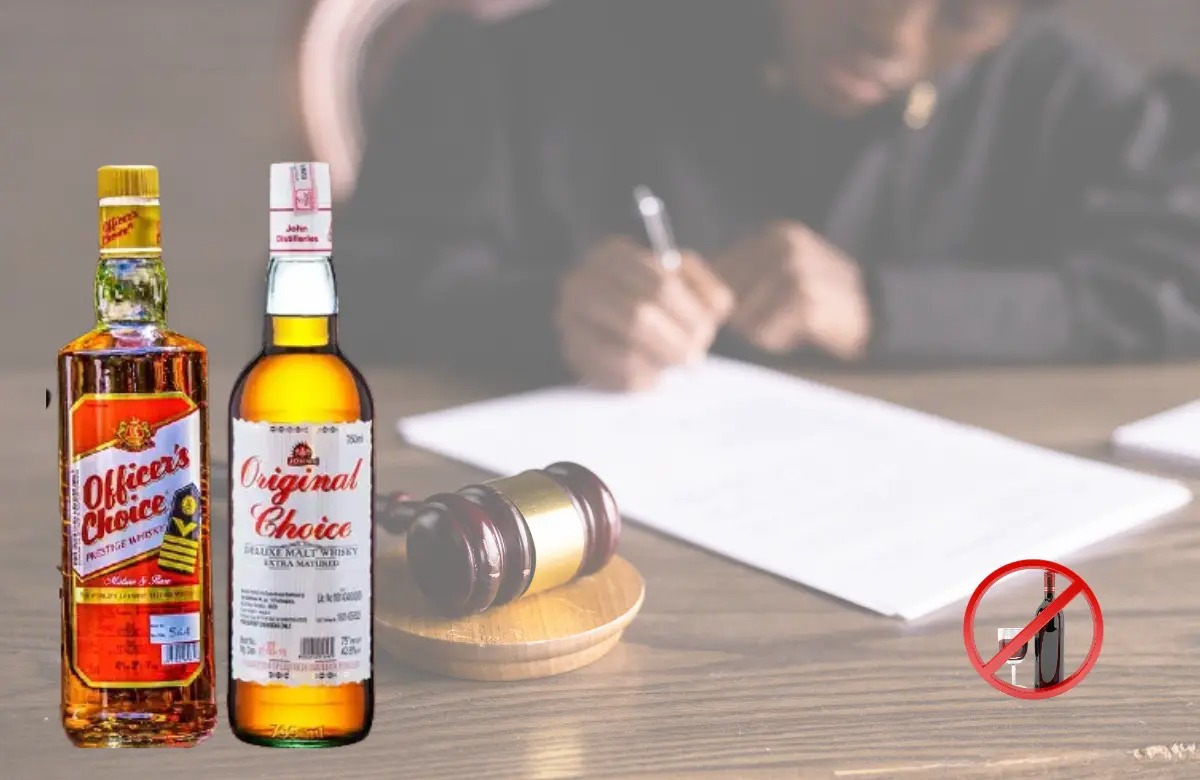@JUDGMENTTAG-ORDER
D.V. Sehgal, J.@mdashThis judgment shall dispose of Civil Revision Petitions Nos. 1853 and 1957 of 1988. The subject-matter of the dispute and parties to the Us being the same, it is considered convenient to dispose of them together.
2. The facts in brief are that the Plaintiff-Respondents are carrying on business of manufacture and sale of Ibuprofen tablets under the trade mark of ''Neurophen'' since the year 1984. They filed a suit against M/s Dabur India Ltd., Defendant-Petitioner, alleging that it is selling the same medicine under the trade mark of ''Nurofen''. The plea, therefore, was that under the trade mark ''Nurofen'' the Petitioner is passing off its goods for trade deceptively as if those are the goods manufactured by the Respondents. A decree for perpetual injunction was sought restraining the Petitioner, its servants, agents, stockiest etc. from using and infringing the trade mark ''Neurophen'' and selling its goods under the deceptive trade mark ''Nurofen'' and further restraining them from using the trade mark ''Neurophen''. A preliminary decree directing the Petitioner to render accounts of the profits earned by it by violating the aforesaid trade mark of the Respondents was also prayed for The suit was filed in the Court of the Senior Sub Judge, Chandigarh which in due course was assigned to the Court of Shri Birender Singh, Sub-Judge 1st Class. Chandigarh. Along with the suit an application under Order XXXIX, Rule 1 and 2, read with Section 151 of the CPC (for short ''the Code''), for grant of ad interim injunction against the Petitioner was also filed The learned trial Court issued notices of the same to the Petitioner. The Petitioner, in turn, on appearance filed an application under Order VII, Rule 10 read with Section 151 of the Code, pointing out that u/s 103(c) of the Trade and Merchandise Marks Act, 1958 (for short ''the Act''), a suit of the instant nature could not be filed in any Court inferior to a District Court having jurisdiction to try the same. It was, thus, pleaded that the learned trial Court could not entertain the suit. A prayer was made that the suit should be returned to the Respondents for presentation to the District Court having jurisdiction in the matter. The learned trial Court required the Respondents to file reply to this application vide its order dated 19.7.1988.
3. On 26 7.1988 reply to the application of the Petitioner was not filed. The learned trial Court directed the Petitioner to file its written statement and reply to the application for ad-in erim injunction. The learned trial Court observed that the application of the Petitioner pleading that it had no jurisdiction to try the suit shall be decided after framing issues in the suit. It adjourned the case to 22.8.1988 vide its, order dated 26.7.1988, The Petitioner felt aggrieved against this order and filed Civil Revision No. 1853 of 1988.
4. The revision petition came up before me for motion hearing on 8.8.1988 when notice of the same was issued to the Respondents and further proceedings in the trial Court were stayed till further orders. However, when the matter came up before the trial Court on 10.8.1988, it directed the Petitioner to file reply on 22.8.1988 to an application under Order XXXIX, Rule 2-A of the Code filed by the Respondents against it. The order dated 10 8.1988 made by the trial Court gave rise to Civil Revision No. 1957 of 1988
5. I have heard the learned Counsel for the parties and have also perused the documents placed on the record. There can be no manner of doubt that the core of the dispute is with regard to the use of the trade mark and passing off action. The case of the Respondents in their suit is that they have been using the trade mark ''Neurophen for the sale of their product They allege that the Petitioner is deceptively using the trade mark Nurofen for tablets manufactured by it and is thus passing off its goods, as those manufactured by the Respondents it is not in dispute that ''Neuropben'' the trade mark of the Respondents and ''Nurofen'' the trade mark of the Petitioner, fall within the definition of ''mark'' contained in Section 2(l)(j) of (he Act as the same are a device, brand, heading, name etc. for marketing their respective products. The words ''trade mark'' are defined in Section 2(l)(v) of the Act Section 105(c) of the Act, inter alia, lays down that no suit for passing off arising out of the use by the Defendant of any trade mark which is identical with or deceptively similar to the Plaintiff''s trade mark, whether registered or unregistered, shall be instituted in any Court inferior to a District Court having jurisdiction to try the suit. This provision makes it clear that the trial Court had no jurisdiction to entertain the suit. It should have in fact been filed in the Court of the learned District Judge. The learned Counsel for the Respondents, however, points out that he had first presented the suit -in the Court of the learned District Judge who did not entertain the same in view of the dictum of this Court in
6. Since I had stayed the proceedings in the suit vide my order dated 8.8.1988, the learned trial Court could not have directed the Petitioner to file reply to the application under Order XXXIX, Rule 2-A of the Code vide its order dated 10.8.1988, which is impugned in Civil Revision No. 1957 of 1988.
7. Consequently, both the revision petitions are allowed, the impugned orders are set aside, the learned trial Court is directed to return the plaint to the Respondents for presentation of the same to the proper court. In the circumstances of the case, however, I leave the parties to bear their own costs.

